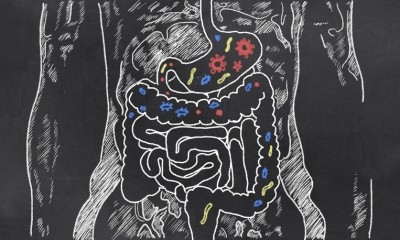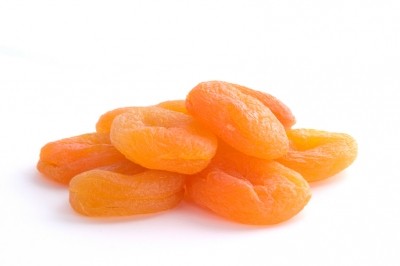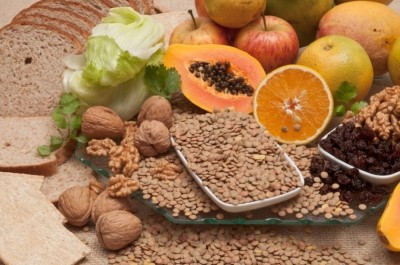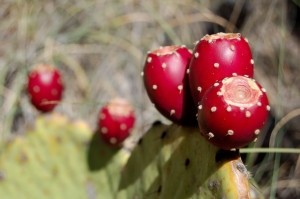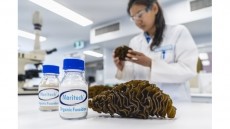Special edition: Fibre
Italy leads world in fibre food supplements
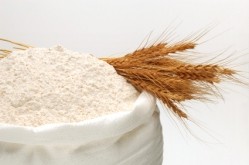
The fact that fibre is so readily available in so many whole foods and consumed by an increasingly interested public, coupled with fibre additions to other foods is the main reason Euromonitor records the presence of fibre supplements in only four countries.
But their ability to deliver high-dose fibre hits to diverse populations that national surveys continue to show are fibre deficient (daily consumption less than 25-30g), almost guarantees that soluble and insoluble fibre supplements will take a greater role in fibre’s rock star future. But the trend wavers in the present day.
Euromonitor records fibre supplement sales in Brazil, the US, Austria and Italy with Italy rising from $78.9m in 2006 to $113.6m last year. Perhaps due to government promotion of fibre foods in the US, the market there has actually fallen from $135.4m in 2006 to $106.7m in 2011 to be the world’s second biggest market.
Brazil is next at $71.7m and then there is Austria at $0.2m. By comparison it puts the high-fibre foods market at about $40bn globally with North America and Europe accounting for $25bn of that.
“In Italy, the largest market for fibre supplements, the category includes the winner of the 2011 product of the year award from Gran Premio Marketing Innovazione for BeneFibra by Novartis Consumer Health, made of partially hydrolised guar gum,” Euromonitor analyst Diana Cowland told us.
Cowland observed Austria is mimicking the US trend. “In Austria, fibre-based dietary supplements are increasingly being replaced with packaged food rich in fibre.”
Russ Hazen PhD, raw material and innovation specialist at Fortitech said most government advice favoured fibre foods over supplements. “However, dietary surveys indicate that dietary fibre intake among adults averages about 15 grams/day, or approximately half the recommended amount. Hence, this is an opportunity for fortification as well as supplementation.”
Constipation and the elderly
Cowland highlighted the elderly as a population sub-sector that eyes fibre supplements. “Poor diets or a lack of fibre in meals prompt higher demand for fibre supplements to prevent constipation. Moreover, a larger elderly population in many countries also sparks demand for such products, as they tend to suffer from constipation as they age.”
The ‘food competition’ includes insoluble fibre forms include whole-wheat breads, wheat cereals, wheat bran, rye, rice, barley, most other grains, potatoes, flaxseeds. There are also vegetables such as cabbage, beets, carrots, Brussels sprouts, turnips, and cauliflower.
Soluble fibre forms include apples, citrus fruits, pears, carrots, onions, sweet potatoes, squash, legumes, and grains such as barley, oats, oat bran and oatmeal.
Hazen said the Asia-Pacific region would grow in importance: “China and India are the leaders in the Asia-Pacific market, driving the demand for dietary fiber due to the changing lifestyles and growing economies, boosting the need for convenience food sector, the booming pharma sector; and in turn the demand for soluble novel fibers.”
This included demand for soluble fibres like pectin, gums, and psyllium, and insoluble fibres like cellulose, hemicelluloses, and lignins.
Research into the functionality of dietary fibre is now showing the importance of dietary fibre in food, especially since diseases like CVD, cancer and obesity are connected with the dietary content of food.
Fibre is crucial to maintaining a healthy, optimum digestive system. It can also help control cholesterol, blood sugar levels, and by regulating appetite, it can help to control body weight.
A recent Packaged Facts report said: “Typically, traditional grain-based products provide the best arena for fibre fortification. Thus the bread, bakery and snack segments lead the presence and introduction of fibre-enhanced foods.” Dairy, flavoured waters, pasta and rice categories are also popular, it added.
